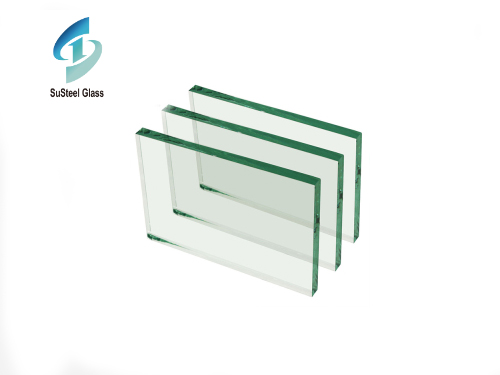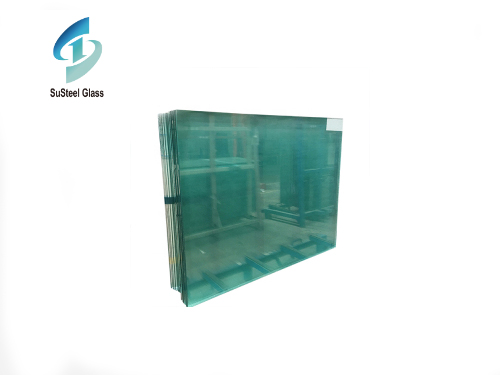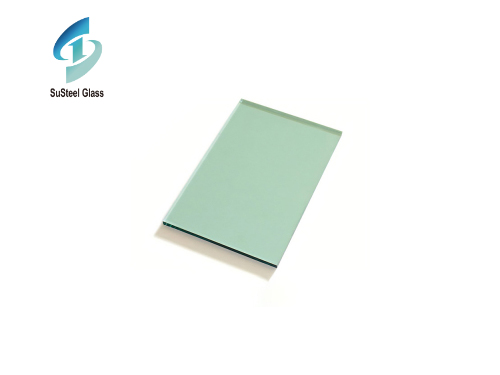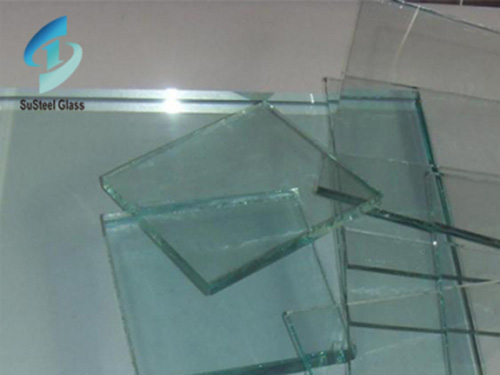
The deviation of the normal from the reference axis at the centering vertex of an optical surface. Quartz glass for optics is measured in minutes or seconds by the Angle between the normal and the reference axis, namely the plane Angle θ.
Centering vertex: The point at which the optical surface intersects the reference axis. Reference axis: A straight line representing the optical axis of the system selected according to the shape of the lens mounting surface and clamping conditions, used to mark, check, and correct center errors.
Besides plane Angle, quartz glass for optics also has other parameters to characterize the center error of lens: Identification and measurement of the number of surface when the original device checks the lens, if the two are edge contact (there is air layer in the middle), from the positive side of a little pressure P, interference fringes from the outside center move inward, called low aperture or negative aperture, if the two start from the middle contact (there is an air gap on the edge), from the top of a little pressure P, The movement (or outward diffusion) of interference fringes from the center to the edge in optical cold machining is called a highlight or positive aperture.
1. Optical quartz center deviation or eccentricity c (unit mm) the amount of deviation between the geometrical axis of the lens and the optical axis at the center of the lens.
2. The deviation of the center of curvature of the optical surface of a lens from the reference axis.
3. The edge thickness difference Δt (unit mm) is the difference of the edge thickness of the lens. In the determination of the optical aperture number, the professional measuring instrument is used to measure the coated optical lens.
When the surface shape of the checked quartz glass for optics lens deviates from the original surface shape of the standard curvature radius, there is a symmetrical compact air gap between them, thus forming equal thickness interference fringes. The colored halo can be seen under sunlight (at this time, the air gap shows annular symmetry), and this colored halo is called aperture. We usually observe the number of apertures (that is, the number of faces) in the red band. This is because the wide band of red light (wavelength range 0.62um to 0.78um) appears clear and bright.
 High Purity Tin Ingot: Essential Uses and Key Advantages
High Purity Tin Ingot: Essential Uses and Key Advantages
 Burglar-Resistant Glass: Enhancing Security and Peace of Mind
Burglar-Resistant Glass: Enhancing Security and Peace of Mind
 Exploring the World of Green Tinted Glass Products: Versatility and Sustainability
Exploring the World of Green Tinted Glass Products: Versatility and Sustainability


